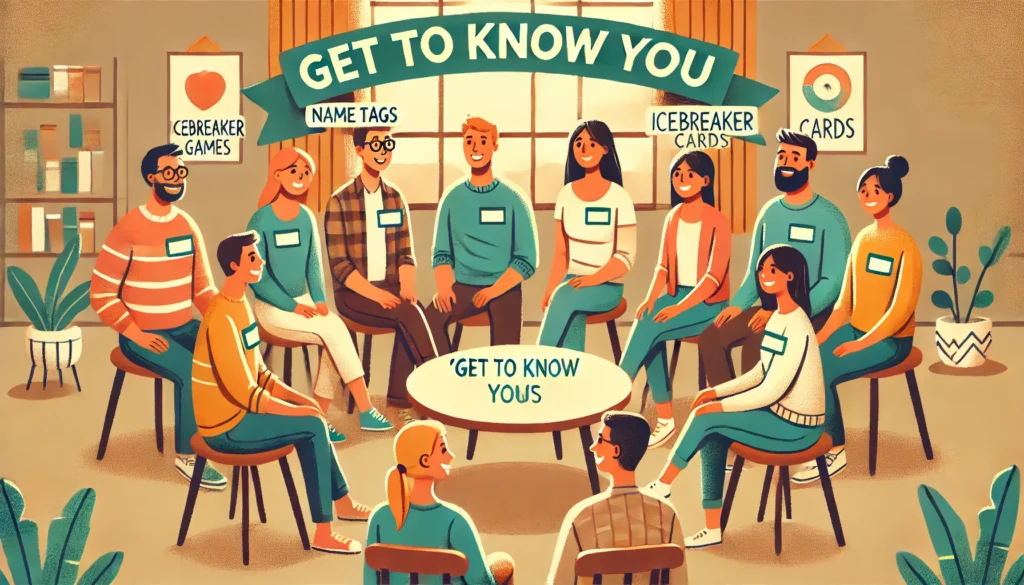“Get to know you” games are a staple at social gatherings, corporate team-building events, and classroom settings, designed to break the ice and foster relationships among participants. These games can range from simple question-and-answer formats to complex activities that encourage deeper interaction and teamwork. This article explores the effectiveness of “get to know you” games, offering insights into why they can be both incredibly beneficial and occasionally awkward, along with tips on how to choose and facilitate these activities effectively.
Table of Contents
ToggleIntroduction to Get to Know You Games
Get to know you games are structured activities that help people learn more about each other in a fun and interactive way. They are particularly useful in settings where individuals are meeting for the first time or where team cohesion is needed to facilitate better work dynamics or classroom cooperation.
Benefits of Get to Know You Games
- Breaking the Ice: In new groups, these games can ease initial awkwardness by encouraging casual conversation in a structured format.
- Enhancing Team Dynamics: By learning about each other’s backgrounds, skills, and personalities, team members can find ways to collaborate more effectively.
- Fostering Inclusivity: Well-designed games ensure that everyone participates and has a voice, which can help shy or new members feel more comfortable and valued.
- Encouraging Open Communication: These activities can set a precedent for openness and sharing within a group, which can enhance ongoing interaction and teamwork.
Popular Get to Know You Games
- Two Truths and a Lie: Participants state two truths and one lie about themselves, and the rest of the group tries to guess the lie. This game is great for eliciting surprising and fun facts about people.
- Speed Networking: Similar to speed dating, this involves participants rotating around the room, having brief conversations to share professional backgrounds or personal interests.
- Job Swap: In corporate settings, each person describes their job role in a few sentences, and others guess what the role entails. This helps in understanding different functions within a company.
- Memory Wall: Participants write a memorable event or fact about themselves on a post-it note and stick it on a wall. Others read and discuss these, which can start deeper conversations.
Challenges and Considerations
While generally positive, get to know you games can have drawbacks:
- Comfort Levels: Not everyone is comfortable sharing personal information or participating in group activities, which can lead to discomfort or disengagement.
- Relevance: It’s important that the games are relevant to the group’s context and objectives. Irrelevant games might feel like a waste of time to participants.
- Group Size: Large groups can make these games challenging to manage and less effective. Facilitators must adapt activities to fit group sizes and dynamics.
Tips for Effective Implementation
- Choose Appropriately: Select games that match the age, background, and interests of the group.
- Set Clear Instructions: Ensure that the rules are simple and clearly communicated to avoid confusion.
- Foster a Safe Environment: Encourage an atmosphere of respect and positivity, where all participants feel safe to share and engage.
Conclusion
Get to know you games can transform ordinary gatherings into dynamic sessions where individuals not only learn about each other but also build foundations for future interactions. Whether used in educational settings, corporate environments, or casual social gatherings, these games can serve as powerful tools to enhance communication, understanding, and cohesion among participants. When chosen carefully and facilitated well, they move beyond mere icebreakers to become integral parts of relationship-building and team dynamics.

